Clear Aligners for Mixed Dentition: Orthodontic Treatment in Children with Developing Teeth
Mixed dentition, characterized by the presence of both primary (baby) and permanent teeth, presents unique challenges and opportunities for orthodontic treatment. As children undergo this developmental stage, clear aligners are increasingly being recognized as a viable option for addressing orthodontic issues while accommodating the ongoing changes in the dental arch. This article explores the effectiveness, benefits, and recent insights into the use of clear aligners in mixed dentition cases.
Azeem Jameel
10/1/20242 min read


Clear Aligners for Mixed Dentition: Orthodontic Treatment in Children with Developing Teeth
Introduction
Mixed dentition, characterized by the presence of both primary (baby) and permanent teeth, presents unique challenges and opportunities for orthodontic treatment. As children undergo this developmental stage, clear aligners are increasingly being recognized as a viable option for addressing orthodontic issues while accommodating the ongoing changes in the dental arch. This article explores the effectiveness, benefits, and recent insights into the use of clear aligners in mixed dentition cases.
Advantages of Clear Aligners in Mixed Dentition
Aesthetic Appeal: Clear aligners provide a discrete alternative to traditional braces, which is particularly appealing to children and their parents. The aesthetic benefit encourages compliance and enhances the patient's self-esteem.
Comfort: Aligners are custom-made to fit the patient’s teeth without the irritation often caused by brackets and wires. This comfort can lead to greater cooperation from young patients, making treatment more effective.
Removability: The ability to remove aligners for eating, brushing, and flossing promotes better oral hygiene compared to fixed appliances. This feature is especially important in children, as maintaining oral health is crucial during the mixed dentition phase.
Digital Treatment Planning: Advances in orthodontic technology allow for precise treatment planning and simulation of outcomes using 3D imaging and CAD/CAM systems. This technology can help in creating a more effective and tailored treatment plan for each child.
Recent Research and Insights
Effectiveness of Clear Aligners in Mixed Dentition: Recent studies have shown that clear aligners can effectively manage a variety of orthodontic issues in children, including crowding, spacing, and mild to moderate dental misalignments. A 2024 study published in the American Journal of Orthodontics and Dentofacial Orthopedics demonstrated that aligners could achieve similar outcomes to traditional braces for many mixed dentition cases, with significant improvements in patient satisfaction.
Growth Considerations: Mixed dentition is a dynamic phase where the dental and skeletal structures are still developing. Research indicates that clear aligners can be adjusted throughout the treatment process to accommodate changes in tooth position and growth patterns, ensuring that the treatment remains effective and appropriate for the child's developmental stage.
Interdisciplinary Approach: Clear aligners can be integrated into a broader orthodontic treatment plan that may include other interventions, such as space maintainers or interceptive orthodontics. A 2024 study highlighted the importance of interdisciplinary collaboration in mixed dentition treatment, emphasizing that aligners can work harmoniously with other appliances to achieve optimal outcomes.
Compliance and Outcomes: A critical factor in the success of aligner therapy in children is patient compliance. Recent research has focused on developing strategies to improve adherence, such as involving parents in the process, using gamification techniques, and providing regular follow-up consultations. Studies suggest that improving compliance can lead to outcomes comparable to those achieved with traditional braces.
Challenges and Considerations
While clear aligners offer many advantages, certain challenges must be addressed:
Limited Applicability for Complex Cases: Severe malocclusions or specific tooth movements may still require traditional fixed appliances. Orthodontists should conduct thorough assessments to determine the best approach for each individual case.
Retention and Transition: Following aligner treatment, retention strategies are crucial to maintain the achieved results, especially in growing children whose dental arches are still evolving.
Conclusion
Clear aligners represent a promising option for orthodontic treatment in children with mixed dentition. With ongoing advancements in technology and growing evidence supporting their efficacy, orthodontists can provide children with effective and aesthetically pleasing solutions to their orthodontic needs. As research continues to evolve, clear aligners will likely play an increasingly prominent role in pediatric orthodontics, offering young patients a pathway to a healthier, more confident smile.

Connect
Social Accounts
+1 830 7451 586
Building 595, Block H3, Phase 2
Johar town, Lahore Pakistan
Address
Mail at:
Call at:


ClearCare Ortho offers premium-quality, exceptionally clear, and affordable orthodontic aligner treatments worldwide.
© 2023 Copyright ClearCare Ortho All Right Reserved.
info@clearcareortho.com
